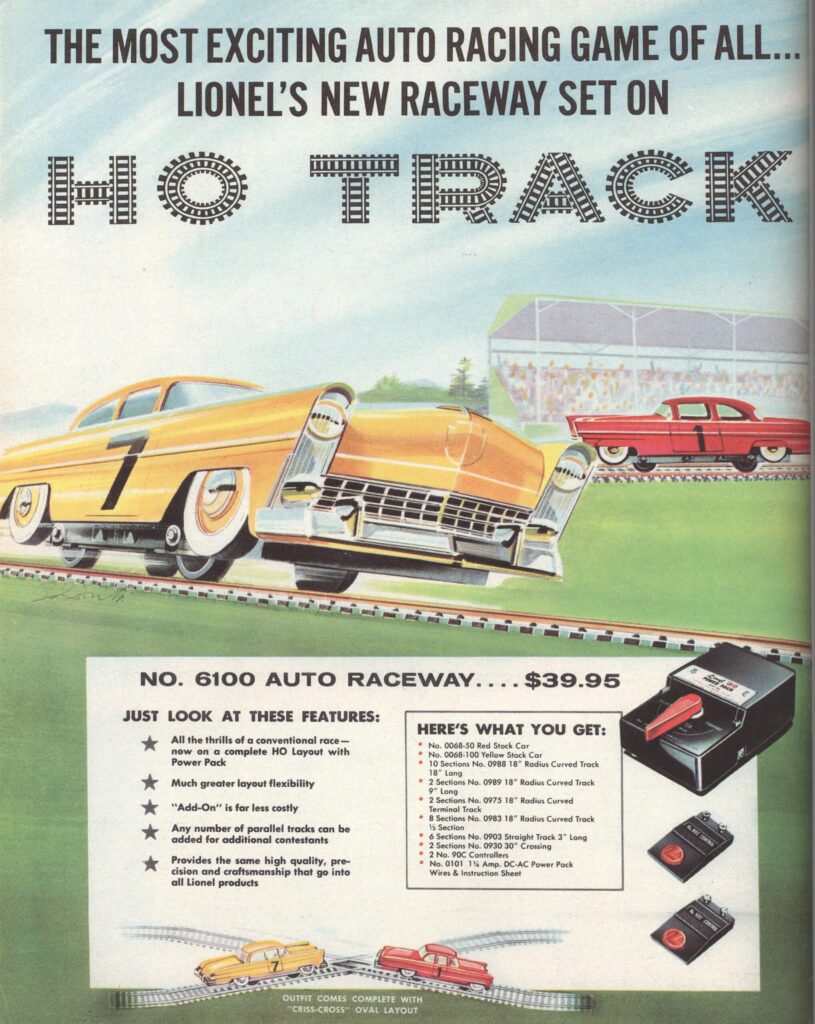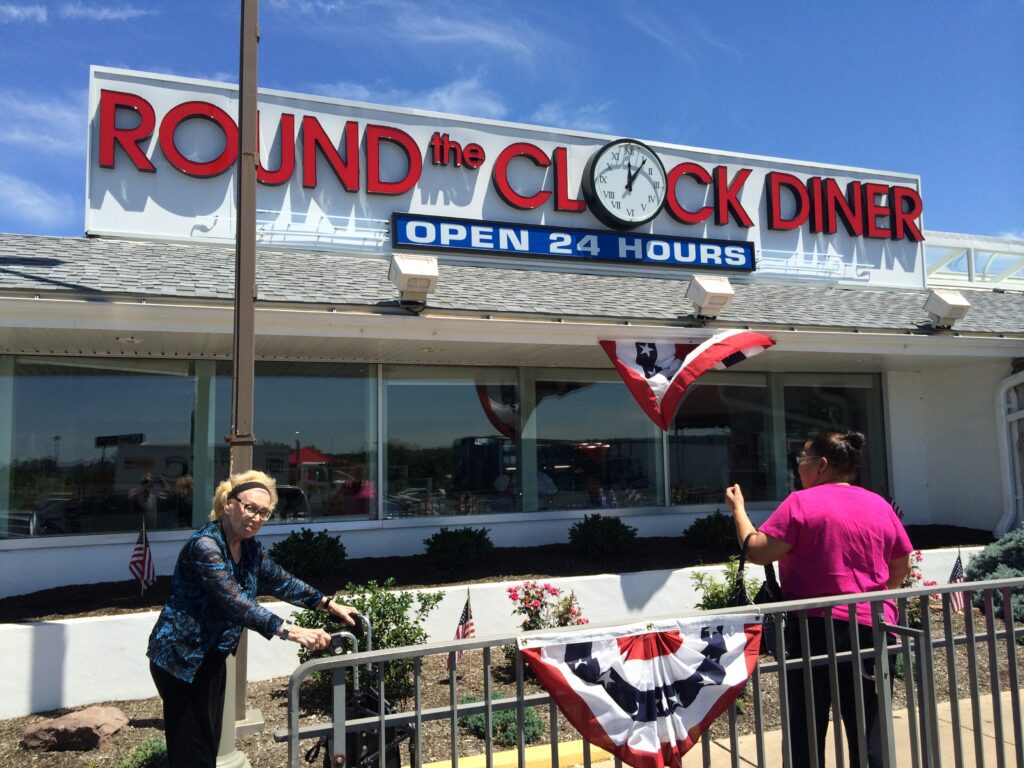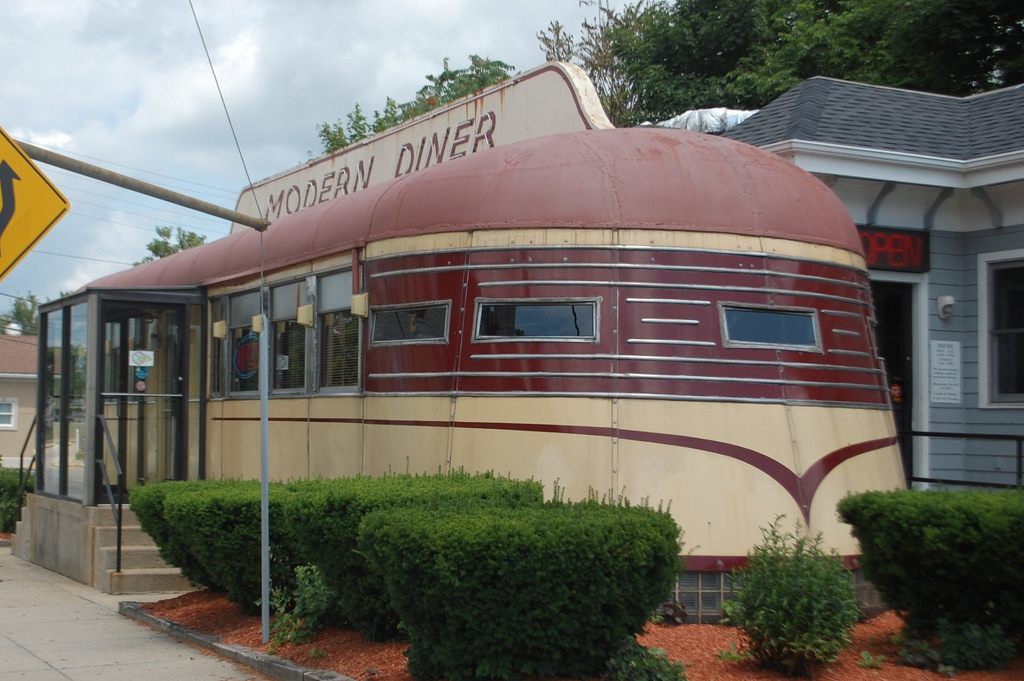Lionel Repurposing: ♫”Bring in the Clones”♫- Why do diners look like old-fashioned train cars?
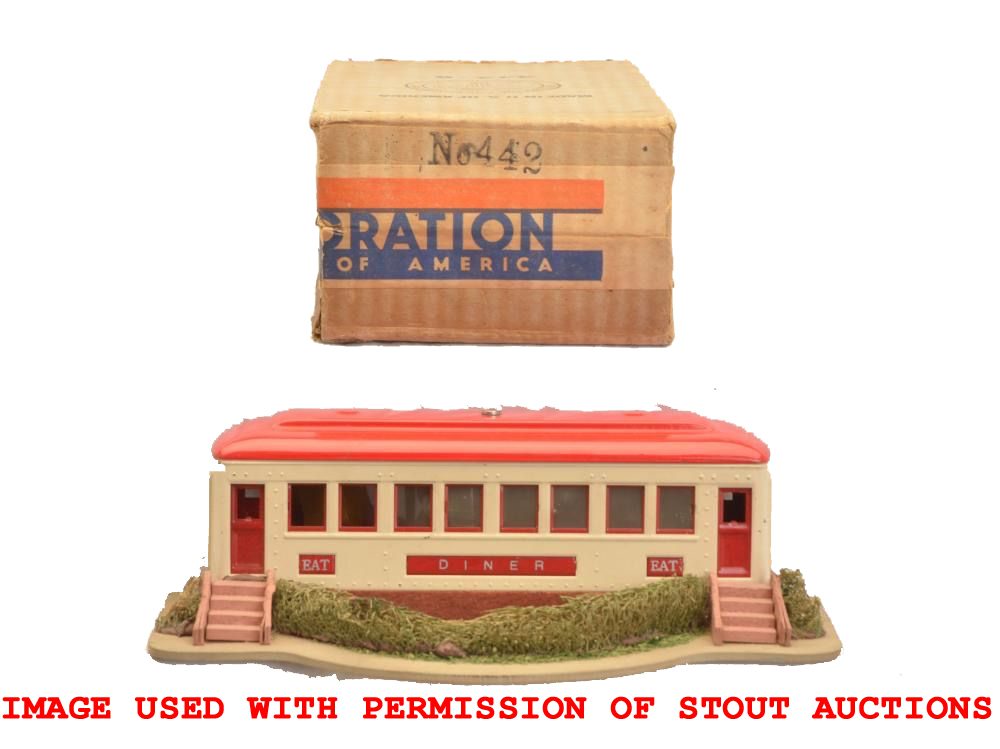
By Bob Mintz TCA# 92-35064 Summer e*Train 2023
Repurposing is the use of something for a purpose other than its original intended use. Repurposing an item can be done by modifying it to fit a new use, or by using the item as it is in a new way. See Lionel Race Car Accessories, TCA e*Train, Summer 2022 at: eTrain Article – Train Collectors Association (tcatrains.org)
REPURPOSED RAILCARS
For those of us who attend York, this is probably the first thing that comes to mind when you hear the word “Diner”. I took my mother here before a visit to the National Toy Train Museum on the way to the wonderful 2014 TCA Philadelphia convention hosted by the Atlantic Division.
The materials and design show diner detailing at its finest: stainless steel, chrome, Formica, ceramic tile and neon signs. Here’s an interesting article on this very topic: Why-do-diners-look-like-trains
“In the early 20th century, Americans were hungry for a quick bite. Yet long hours and late nights made going home to eat difficult. Through that, entrepreneurs saw an opportunity. It might come as a surprise to know that all aspiring restaurateurs had to do to fill this demand was to order a pre-made diner, modular and modern, often looking rather like a train car. It would even likely arrive by train.
Diners started out on wheels. In the late 19th century, street carts selling snacks and lunches had morphed into roving lunch wagons. While some lunch wagons sported Gilded-Age decor, such as elaborate coffee urns and etched windows, many were ramshackle, giving them an iffy reputation.
The person credited for creating the polished diner image was a lunch wagon manufacturer named Patrick Tierney, whose prefabricated and eventually stationary eateries featured tiled floors and a revolutionary indoor restroom. Meanwhile, on the rails, dining cars were setting the standard for food service on the move. Train historian Joe Welsh describes “a traditional [dining car]” as consisting of a “long ‘tunnel’ of tables and chairs.” Tiny lunch wagons couldn’t accommodate the demand for fast, tasty meals. So, manufacturers began building shippable, train-like “dining cars,” which people had shortened to “diners” by the mid-1920s.
As with train cars, diners were manufactured with mobility in mind. Trains took on a chrome, streamlined look in the 1930s, epitomized by the glorious design of the 1934 Burlington Zephyr train. Diners followed suit. Roland Stickey, a New York inventor and designer, dreamed up the Sterling Streamliner diner model for the J.B. Judkins Company of Massachusetts. It looked so much like a train that “[only] the tracks and the passenger cars were missing,” writes roadside culture historian Michael Karl Witzel. With its convenient shape and cutting-edge look, similar designs soon were shipped across the country, a culmination of what Witzel calls the diner’s “strange alliance with trains.” Often, they were built in New Jersey: Today, the state has 600 diners in operation, and is still considered America’s diner capital.
Shipping diners happened either by truck or train, which understandably limited diner design. “For example, all diners shipped to Florida went by rail,” writes diner expert Richard Gutman. For years, they could only be shipped in one piece, limiting their size and how many seats could fit inside. In the 1940s, the Paramount diner manufacturer finally devised a way of building a diner that could be shipped in pieces and built without compromising structural integrity, freeing diners from their restricted, dining-car shapes. One example is the now-abandoned Comet Diner in Hartford, Connecticut.
Many still-existing diners retain long, train-like shapes. Though the vast majority of classic diners were prefabricated, a handful were even made out of old train and trolley cars, since they fit so well the pre-conceived idea of a diner’s structure. While diner design is no longer limited by what can fit atop a train track, these train-inspired diners continue to serve up breakfast and burgers for hungry people on the go.”
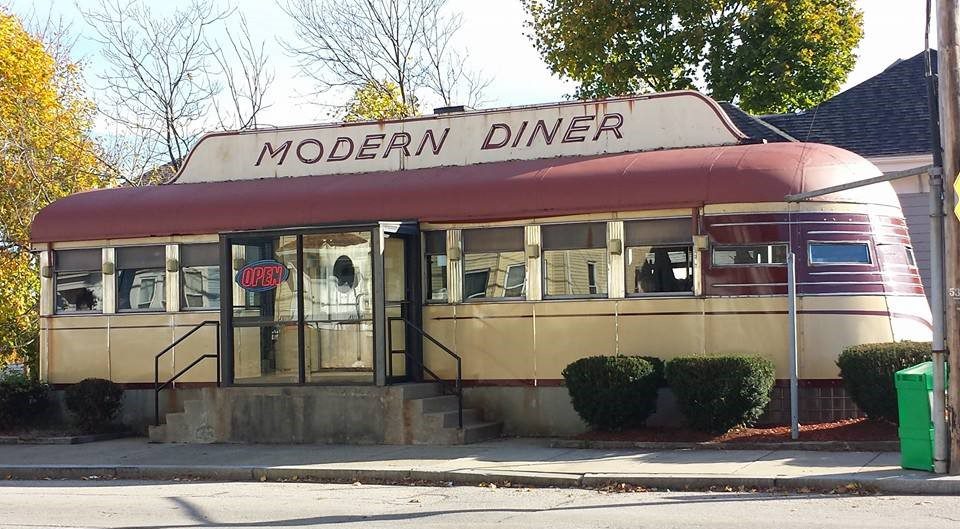
The Modern Diner in Rhode Island just lacks rails
Walter (Walt) A. Anderson (1880–1963), a cook, had been running food stands in Wichita since 1916, when he opened his first diner in a converted streetcar. After a second and third location, he was looking to open a fourth location when he met Edgar Waldo “Billy” A. Ingram (1880–1966), an insurance and real-estate man, and together they started the White Castle chain.
Mystery solved.
*NEW* Roadside Diners Spreadsheet (UPDATED 6/7/23)

12722 Roadside Diner 1988-1989
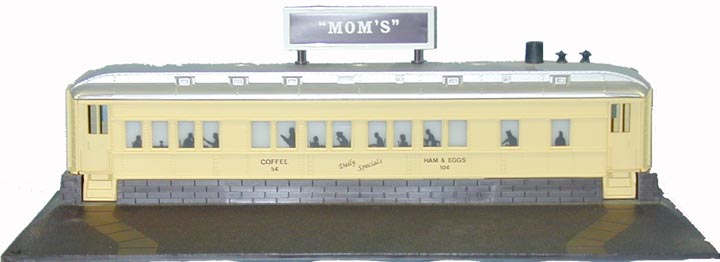
12771 Mom’s Roadside Diner with Smoke 1990-1991

12802 Roadside Diner ‘Chat & Chew’ 1992-1995
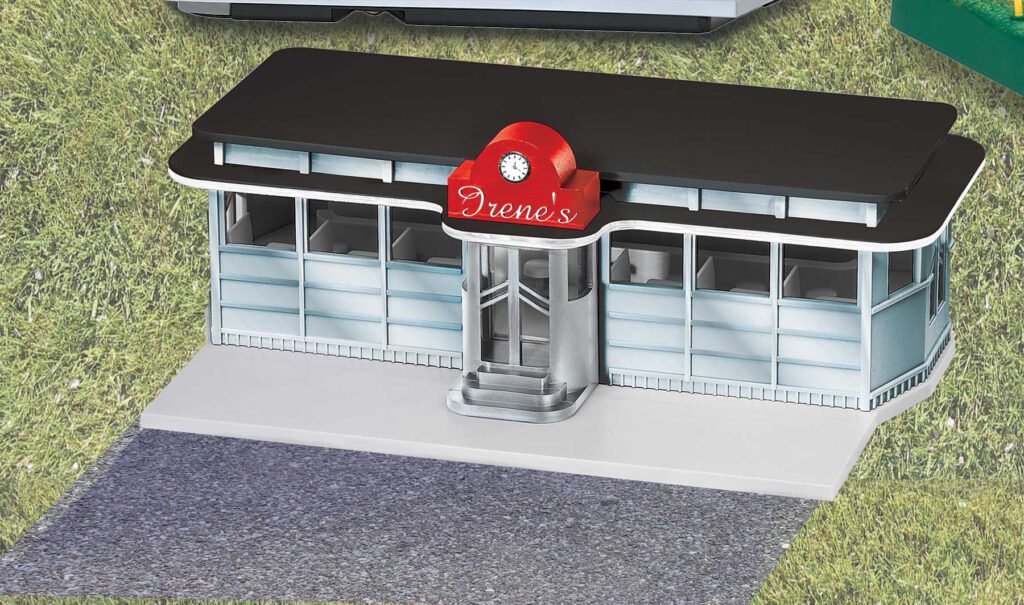
24176 Irene’s Diner 2006-2008
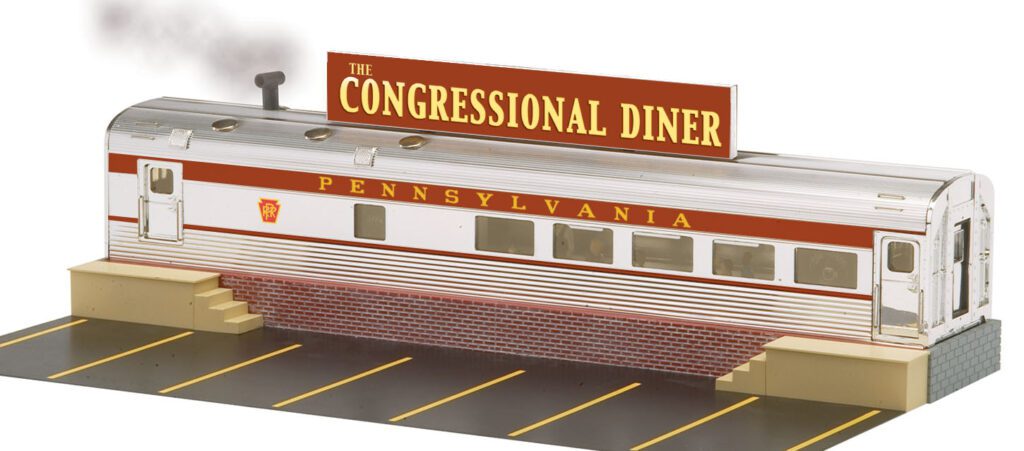
21276 Smoking Congressional Diner w/Parking Lot K-Line by Lionel 2007
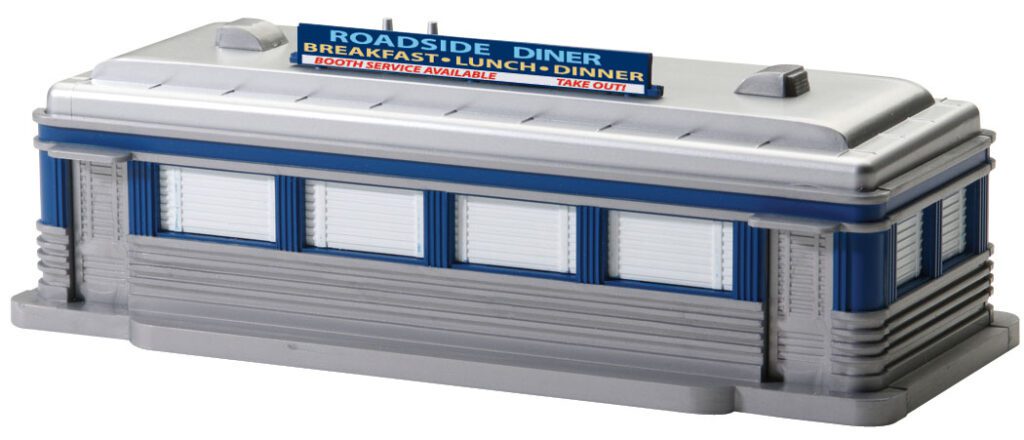
21390 Diner 2007-2010
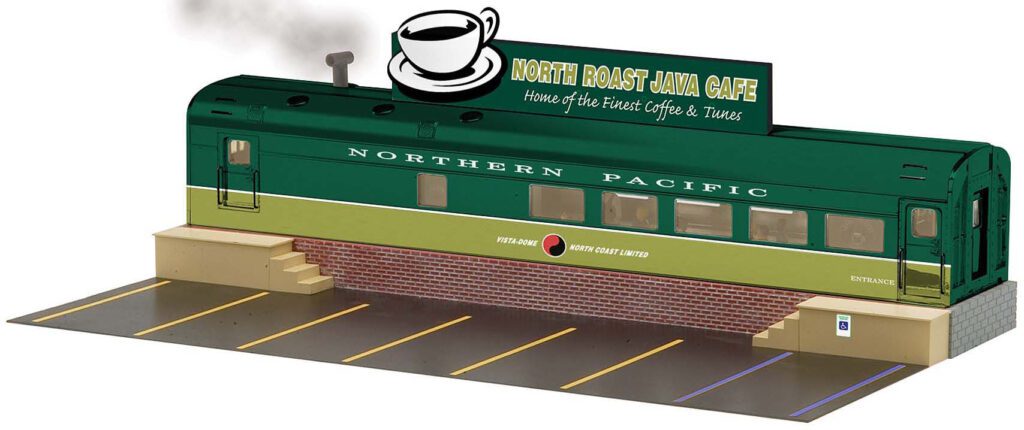
22189 Smoking Northern Pacific Java Diner w/Parking Lot K-Line by Lionel 2007-2008
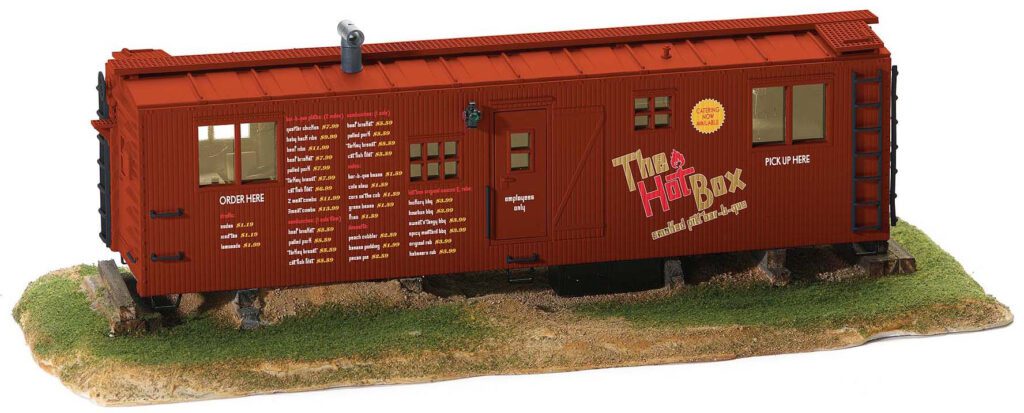
22192 Bunk Car BBQ Shack K-Line by Lionel 2007

22330 Stella’s Smoking Heavyweight Car Diner w/Parking Lot K-Line by Lionel 2008-2009
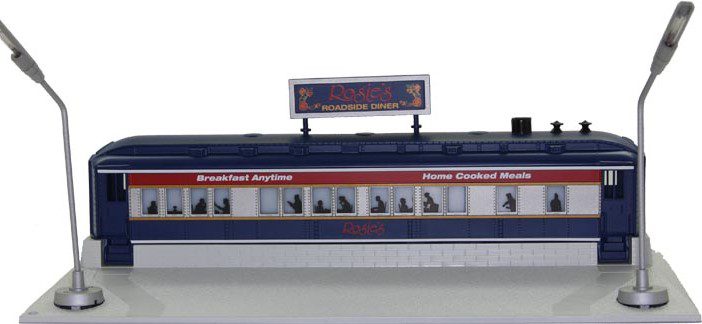
24243 Rosie’s Roadside Diner 2008
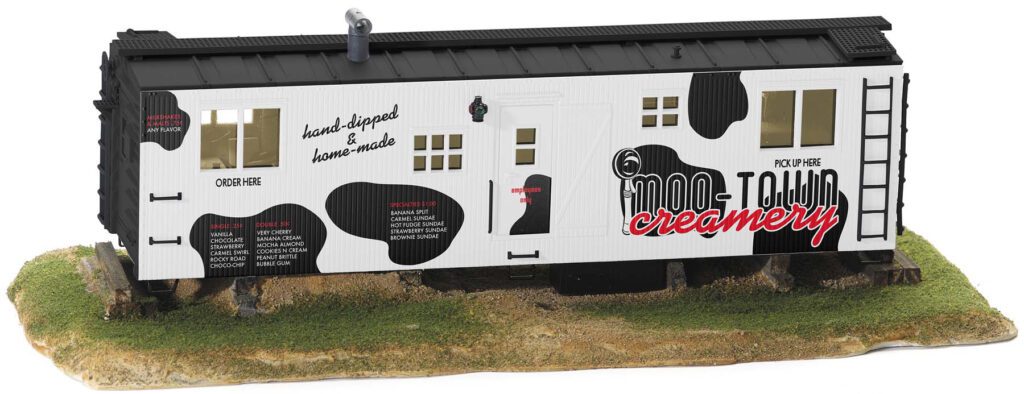
21663 Moo-Town Creamery Bunk Car Ice Cream Shop
K-Line by Lionel 2009
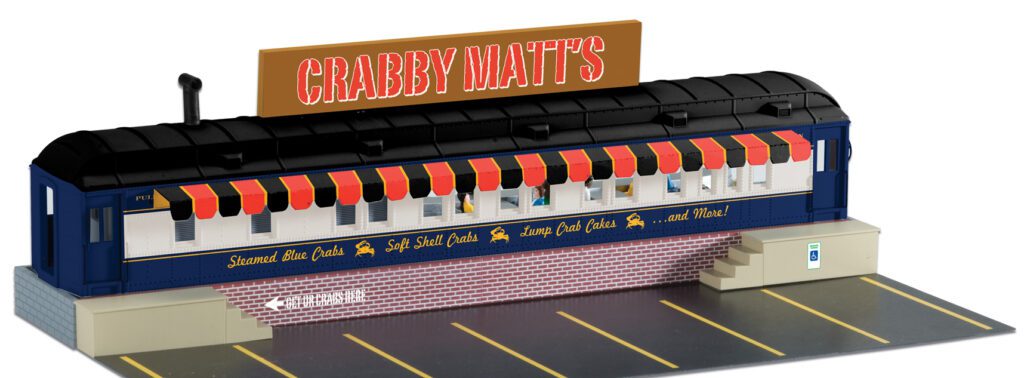
22526 Crabby Matt’s Smoking Heavyweight Car Diner w/Parking Lot K-Line by Lionel 2009
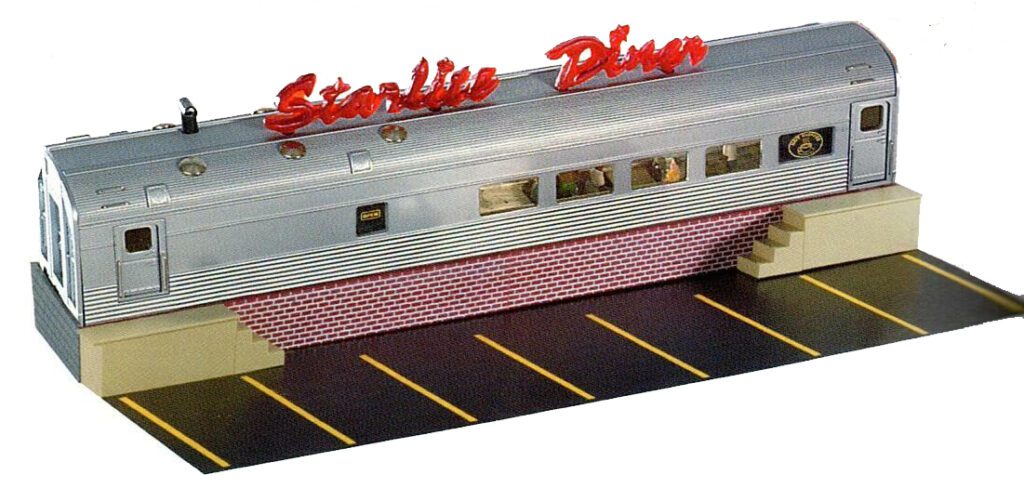
22653 The Starlite Diner with Parking Lot K-Line by Lionel 2010
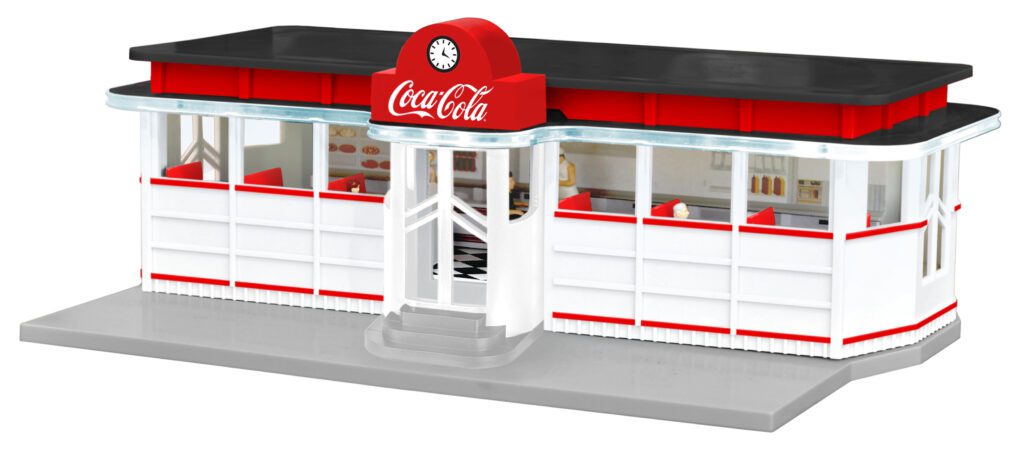
37929 Coca-Cola Diner 2013
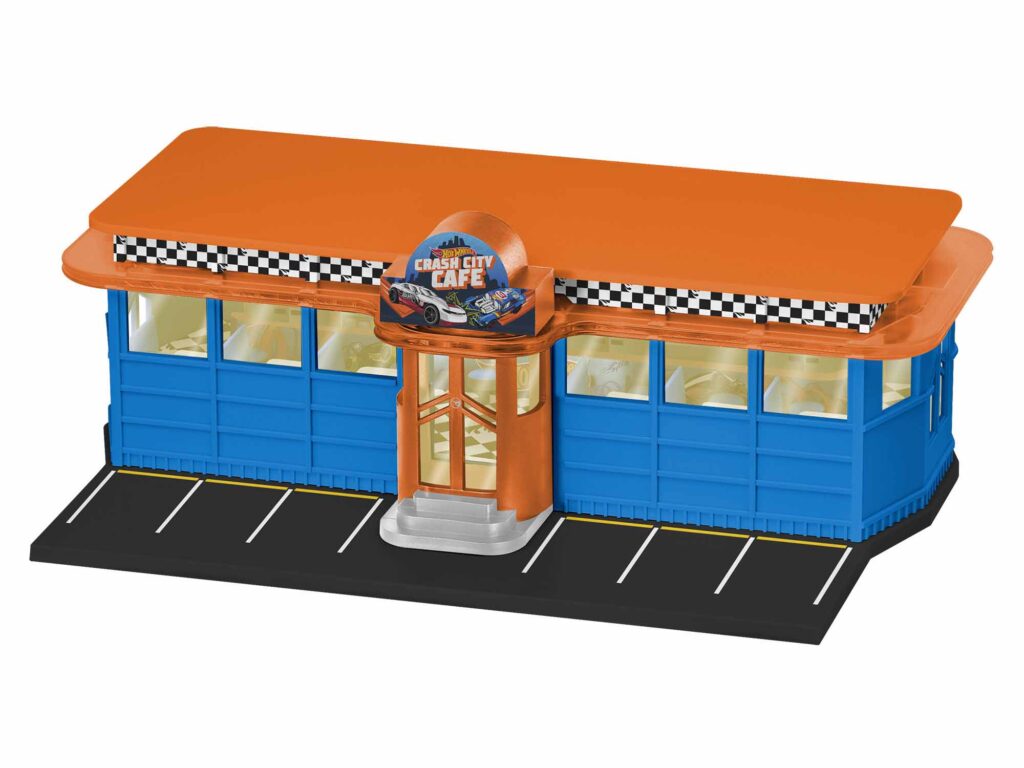
1929080 Hot Wheels Crash City Café 2018-2019

2329010 Roadside Diner 2022
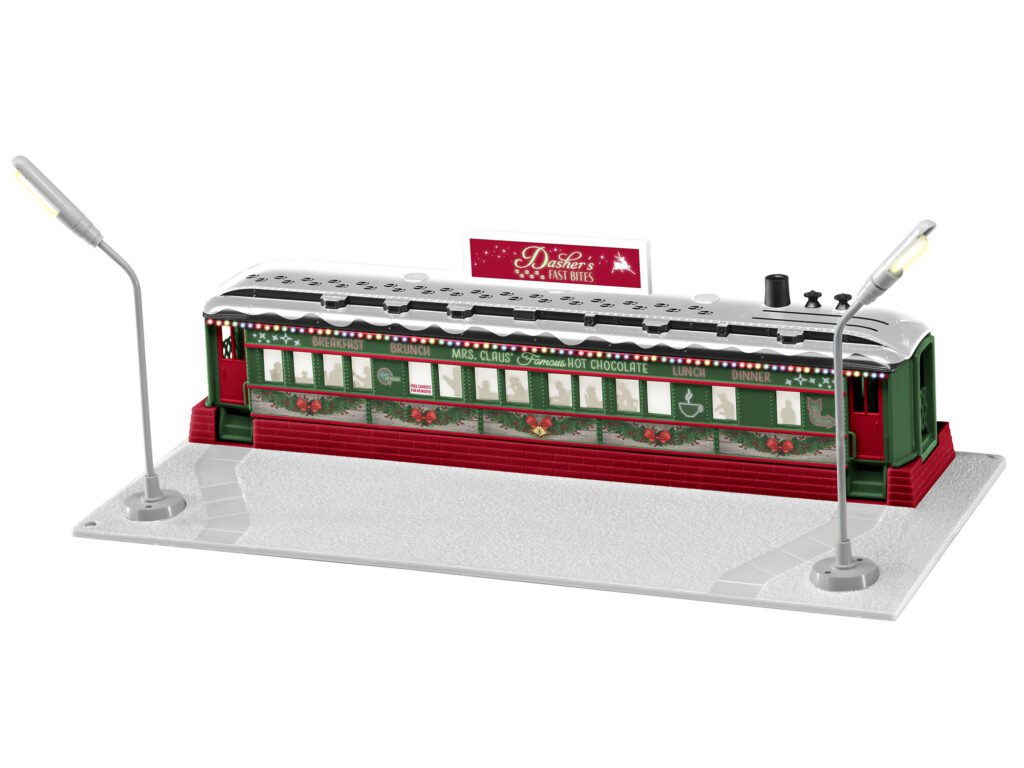
2329020 Christmas Roadside Diner 2023

